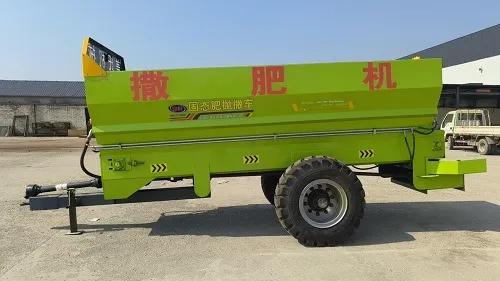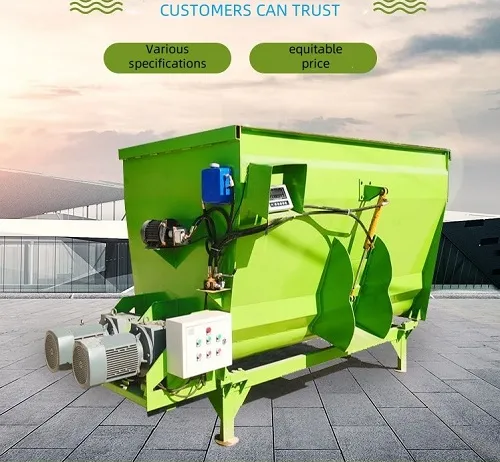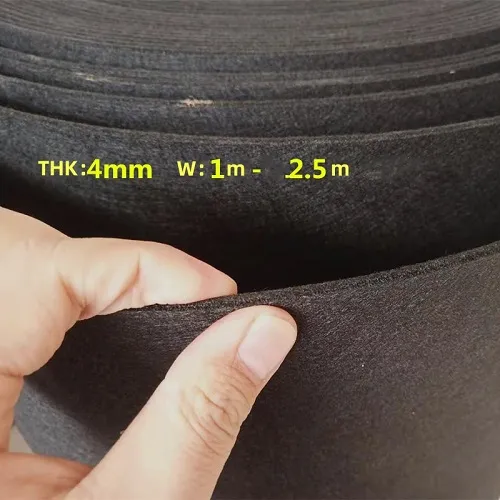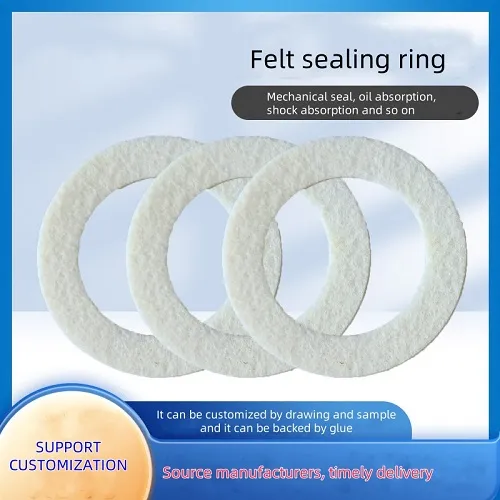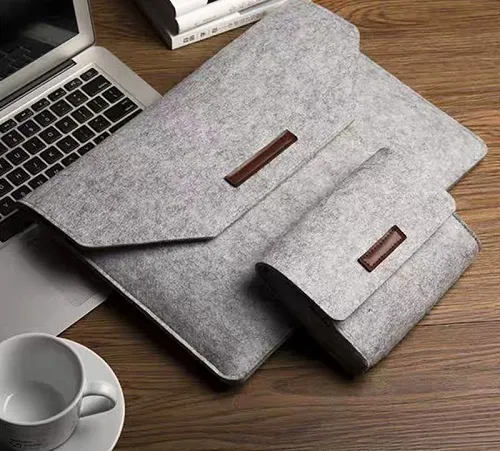Potential Reasons Why Wool Dryer Balls Fail to Reduce Static Cling Effectively in Your Laundry
Understanding Why Wool Dryer Balls May Not Reduce Static Electricity
If you have considered using wool dryer balls as a more eco-friendly alternative to dryer sheets, you might have encountered moments of frustration when they fail to reduce static electricity as effectively as promised. Many users have high hopes that these natural products will eliminate pesky static cling in their laundry, only to find themselves faced with the same irritating issues they aimed to avoid. This article explores why wool dryer balls sometimes don't perform as expected in reducing static and offers some practical solutions.
How Wool Dryer Balls Work
Wool dryer balls are made from 100% wool and have gained popularity for their ability to soften clothes, reduce drying time, and minimize wrinkles. The theory is that as the dryer balls tumble through the wet laundry, they help separate the clothes, allowing hot air to circulate more evenly. This action can also reduce drying time and save energy. By absorbing moisture from the laundry, wool dryer balls can potentially reduce static electricity by providing a more balanced humidity level in the dryer.
Reasons for Inadequate Static Reduction
1. Environmental Factors The effectiveness of wool dryer balls in controlling static can be influenced by the environment. Low humidity levels, especially during winter months, can contribute to increased static electricity. When the air is dry, the friction created between fabric surfaces generates static charges. In these conditions, even the best wool dryer balls may struggle to reduce static effectively.
2. Material Composition The type of fabrics being dried also plays a significant role. Synthetic materials like polyester and nylon are more prone to static buildup. If you frequently dry these fabrics, you might notice that static persists despite using wool dryer balls. On the other hand, natural fibers such as cotton or linen tend to produce less static electricity.
3. Overloading the Dryer Another common mistake is overloading the dryer. When too many items are crammed into the dryer, there isn’t enough room for the wool dryer balls to work effectively. This can prevent them from separating the clothes adequately, reducing their ability to minimize static. A well-filled but not overloaded dryer allows for better airflow, which in turn may help reduce static buildup.
wool dryer balls not reducing static

4. Usage and Maintenance The number of dryer balls you use also matters. Generally, it is recommended to use at least three to six wool dryer balls to achieve optimal results. Additionally, if the dryer balls have accumulated lint or have lost their effectiveness over time, they may not perform as well. Regularly checking and occasionally replacing worn-out dryer balls can help sustain their efficiency.
Solutions to Reduce Static
If you find that your wool dryer balls are not effectively reducing static, there are several strategies you can adopt
- Use a Humidifier Increasing humidity in your laundry room can help reduce static. Using a humidifier during dryer cycles can create a more favorable environment for the wool dryer balls to work effectively.
- Add a Natural Fabric Softener You can make your own fabric softener using vinegar or baking soda, both of which can help combat static when added during the rinse cycle in a washing machine.
- Balance Your Load Ensure that you do not overload your dryer. A balanced load allows dryer balls to move freely and effectively reduce static.
- Choose Natural Fabrics When possible, opt for natural fiber clothing that inherently produces less static electricity.
In conclusion, while wool dryer balls are heralded as a natural solution to laundry woes, their effectiveness can vary based on environmental conditions, fabric types, and the overall laundry process. By understanding the factors that contribute to static electricity, you can take informed steps to enhance your laundry results and enjoy the benefits of these eco-friendly alternatives.
-
What Makes Felt a Great Choice?NewsNov.19,2024
-
Total Mixed Ration (TMR) Feed for CattleNewsNov.19,2024
-
The Ultimate Guide for Felt Polishing WheelsNewsNov.19,2024
-
Industrial Felt for Various ApplicationsNewsNov.19,2024
-
Felt Makeup Bags and Inserts BagsNewsNov.19,2024
-
Choosing the Right Hotel TowelsNewsNov.19,2024
-
Your Go-To Guide For Affordable Wholesale Wool FeltsNewsOct.31,2024

